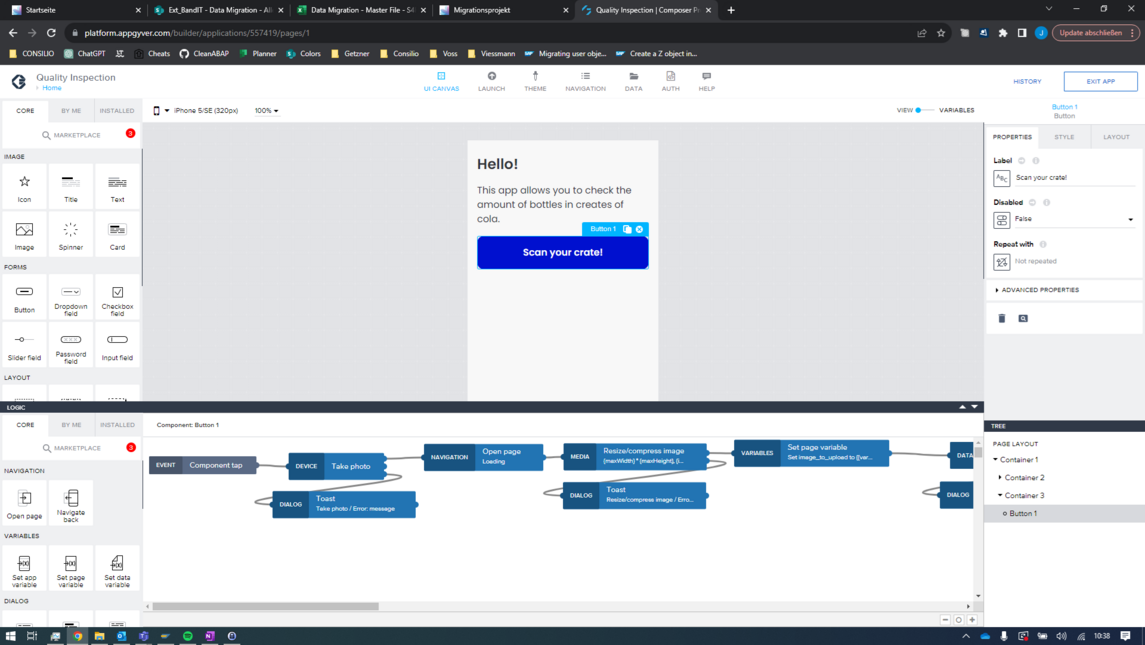No-Code
Innovative IT solutions are essential for sustainable business success. A no-code toolset helps address business challenges efficiently and easily. It reduces dependency on IT, decreases workload and enables existing workload to be better prioritized. This keeps IT departments in control while enabling business departments to create new day-to-day applications and processes.
Fast, agile and innovative
Self-service is the mantra of modern IT systems. This means that business users are enabled to create a working environment that meets their daily challenges without in-depth IT knowledge - for example, to perform analyses or automate simple tasks. No- or low-code development points in this direction. Here, people with little or no programming knowledge should be able to create solutions with little effort. For this purpose, they are given a construction kit with which they can assemble their own algorithms using drag-and-drop, without having to write a line of code themselves. All they have to do is design the logic, which they then implement using the building blocks in the kit.
In times of a massive shortage of skilled workers, this concept significantly reduces the workload of corporate IT departments by broadening the user base. In addition, short-term changes can be easily implemented without programming effort in the sense of agile business management, and without any breaks between IT and business departments. However, individual 100% solutions as well as complex tasks can also only be implemented here through so-called pro-code developments.
Perfect for simple solutions or prototypes
Low- and no-code construction kits show their greatest advantages when it comes to quickly implementing simple solutions or testing prototypes. With SAP Build Apps (formerly AppGyver) and SAP Build Process Automation, SAP offers tools that can be used to automate processes, for example. An example from the sales department: The sales department receives an e-mail with an order. The mail is forwarded to an SAP AI, which extracts SAP information such as material numbers or the business partner from continuous text and creates the sales order from it - without the intervention of an employee. The IT department can provide all the necessary interfaces to the business department, which can then copy-and-paste them into their program. The Citizen developers are supported by the tools with very good documentation in text and images/video.
Is No-Code/Low-Code replacing the classic Pro-Code?
As attractive as no-code solutions may seem at first glance, you have to look at the cost compared to a traditionally hosted self-developed solution. In many cases, due to licensing costs, it may be more economical to have a developer translate the prototype developed by Citizen Developers into Pro Code.


